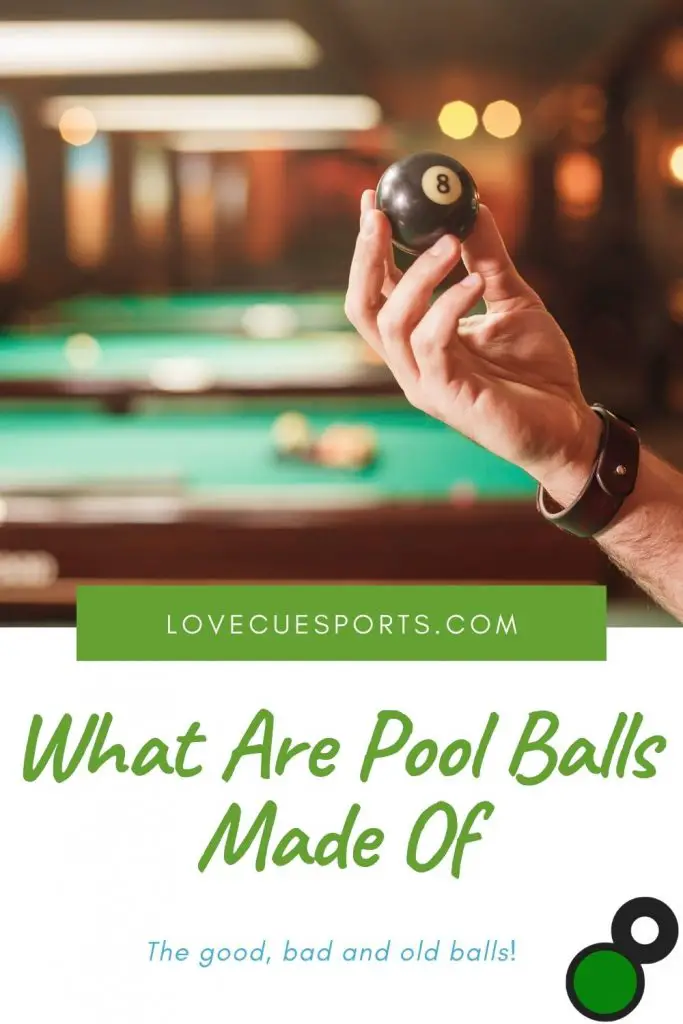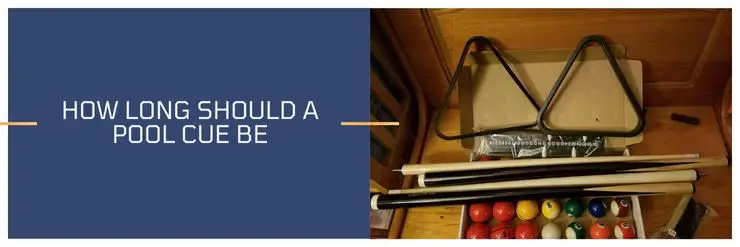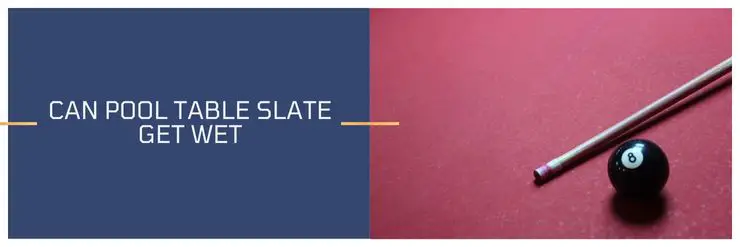While playing pool, You may have been curious at some time or another and wondered, what are pool balls made of? Perhaps someone told you they were made of Ivory and you want to prove them wrong.
The truth is billiard ball materials have evolved with multiple variations over the last few centuries. There was a time pool balls were made of wood or ivory, which were fairly expensive. However, they were prone to age and crack over time or when hit with a considerable force. There was a need to look for alternatives.
Enter the current pool ball.

what are billiard balls made of
As with most things you pay for what you get, and the same is true of pool balls. There are a couple of different materials used when creating pool balls and ill run through them here.
There are two main types of materials used when making pool balls. Heat-cured phenolic resin balls which are more expensive and preferred for tournament play. Cheaper pool balls are made using polyester or acrylic. These differ in quality and are common in homes for recreational play.
as mentioned, the modern pool balls are made of heat-cured phenolic resin. This is a thermosetting plastic that sets when exposed to fire, meaning it maintains its solid shape under different temperatures. Once hardened, the balls are then sanded and polished to minimize friction with the billiard cloth. A well-cured phenolic resin ensures the balls are stable and homogenous, giving the balls a smooth roll. It takes around 23 days to manufacture and polish the balls.
Apart from phenolic resin, other billiard ball materials include polyester or acrylic. Such balls are pretty cheap and therefore popular with amateurs and those who love playing pool for fun. However, they don’t last long and are also prone to chipping. Additionally, their performance is nowhere near that of phenolic resin pool balls and professional pool players give them a wide berth.
There are also synthetic resin balls that are a bit lightweight but still offer a more decent alternative for semi-amateurs since they still have good density. They are also elastic enough, allowing you to pull off multiple snapshots.
As you can see, there are quite a few pool table ball options depending on the quality you are looking for. If you want the best pool playing experience, we highly recommend phenolic resin pool balls.
What are cue balls made of
What are cue balls are made of:
The white ball and the rest of the balls are made from similar materials. It is the reason why the cue ball has a similar composition to the other pool balls. Modern cue balls can be made from phenolic resin, polyester, or acrylic.
That said, there are cheaper quality cue balls that come with the pool table that are made of far inferior material. They are mostly mass-produced in China and tend to have a plastic coating. They are therefore cheap and quite easy to replace.
Needless to say, these cue balls affect how you play pool because of the friction they generate. They also chip pretty quickly compared with the balls made of heat-cured phenolic resin. Additionally, they are more likely to damage your pool table cloth if you use them for a long time.
Because of the lengthy and costly process used to manufacture cue balls (and other pool balls), some manufacturers, in an attempt to cut costs, are using other unknown materials to manufacture cue balls. However, such balls are of poor quality and have a markedly different density and composition.
What are Aramith pool balls made of
Aramith balls are some of the best-constructed pool balls, which is exactly the reason they are preferred by many pool players.
But what are Aramith pool balls made of?
Unlike pool balls made of polyester, Aramith balls are entirely made of high-quality phenolic resin. As mentioned, this is the best possible pool ball material. It ensures Aramith balls have a remarkable impact and scratch resistance.
Aramith pool balls are made using a modern heat-curing technology called Vitrotech. This ensures the balls are fully stabilized with the vitrified high-density surface giving the balls supreme resistance from impact. Pool involves balls constantly colliding with each other, usually at a high speed, and Aramith balls are remarkably resilient and not prone to chipping.
Anyone looking for the ultimate pool playing experience cannot possibly go wrong with Aramith pool balls. They offer a smooth roll, come in perfectly round shape, and their hardness and weight are uniformly spread. They also comply with the industry standards and are therefore perfect for professionals.
What are old pool balls made of
What are old pool balls made of? That is a question many pool table enthusiasts ask themselves. The truth is pool balls have evolved over centuries.
Originally, billiard balls were made of stone. Needless to say, they were pretty heavy and negatively impacted the accuracy and quality of the game. As a result, the stone pool balls were phased out in favor of wood and clay balls, which were a better option at the time.
It was not until the 1600s that ivory billiard balls were introduced.
However, the ivory balls were not only expensive but making them was also a long and tedious process. Each tusk could only make 4 or 5 balls!
Additionally, it took years to properly cure the balls for them to withstand the impact and protect them from chipping and cracking. Many balls had an uneven density and defects in the ivory also negatively impacted the ball quality. Also, the world’s elephant population was decreasing due to the increased demand for ivory. As a result, manufacturers had to look for other materials.
Modern pool balls are made of far better material, mostly a combination of resin and plastic. These materials ensure good ball quality and uniform density. For the pool player, this means improved quality of play.
Final thoughts
If you are looking for the best balls to play pool with family or friends, that won’t damage your pool table cloth, or negatively impact the roll of the ball due to uneven weight and density, we strongly recommend pool balls made of high-quality phenolic resin.
Happy pool shooting!
Rob is an avid player and fan of all cue sports, particularly 8-ball, and snooker. He has competed in a few local 8-ball tournaments and although he is not a professional, he can compete with the best of them.






